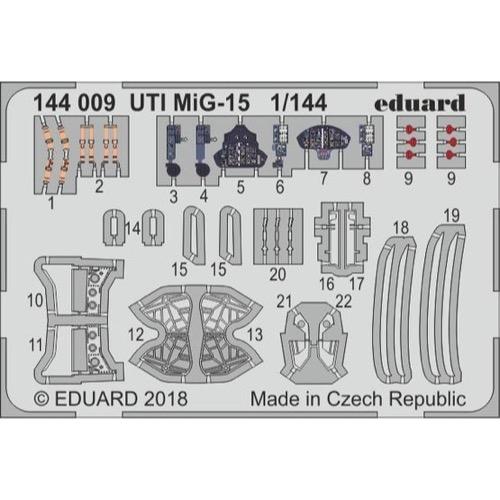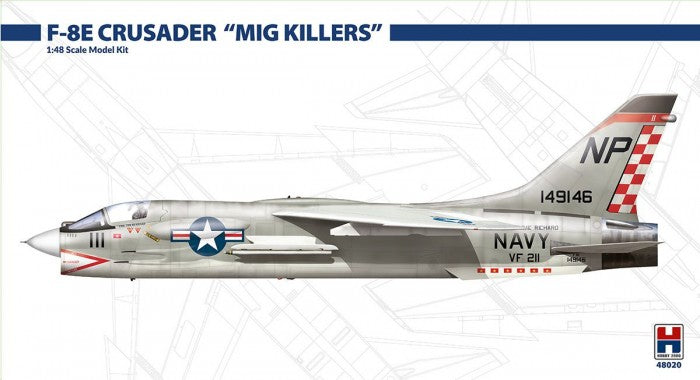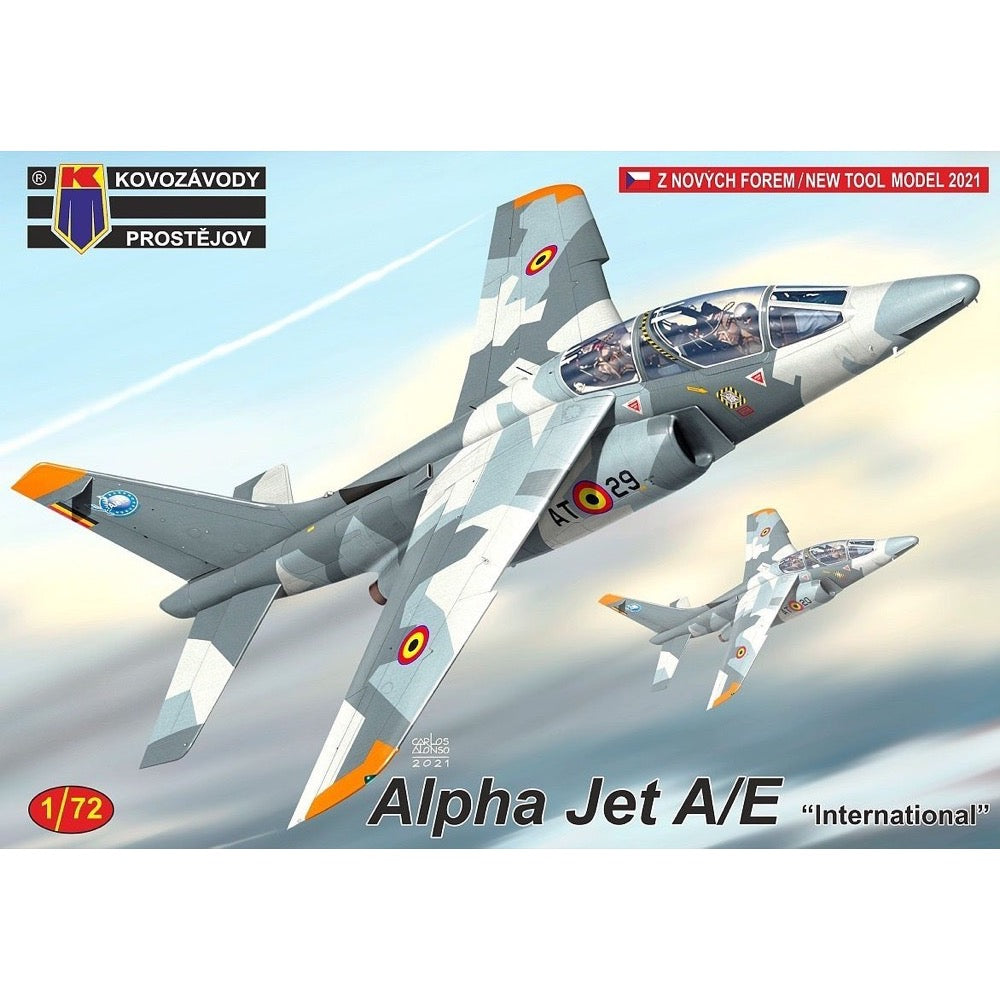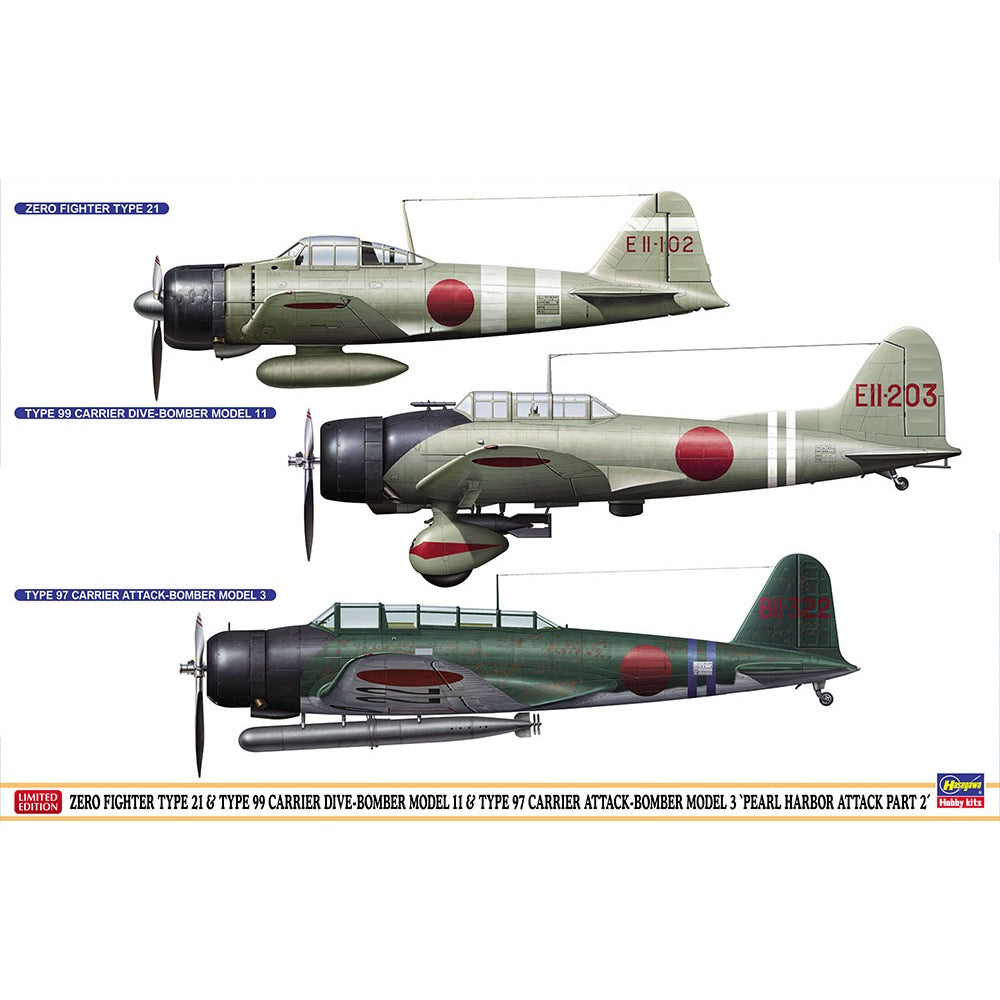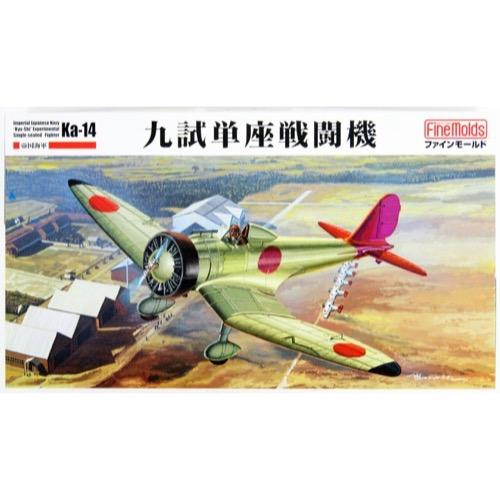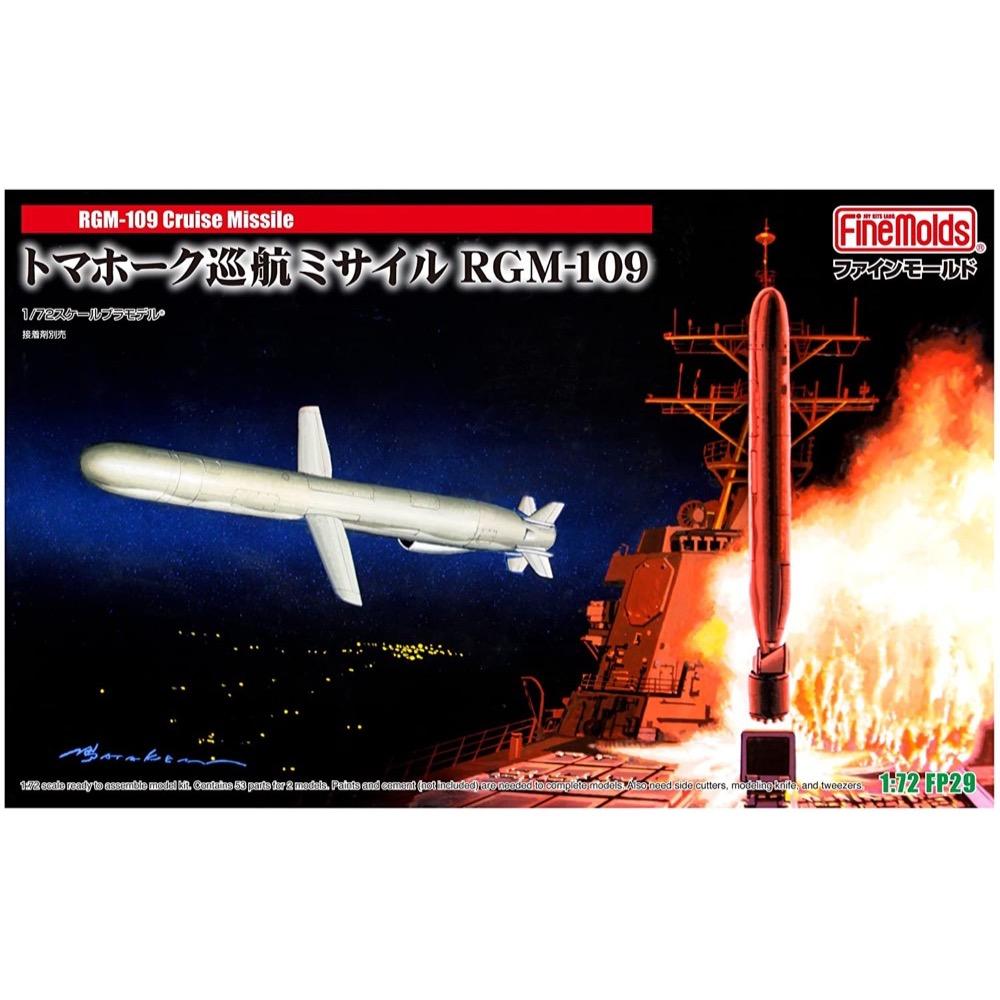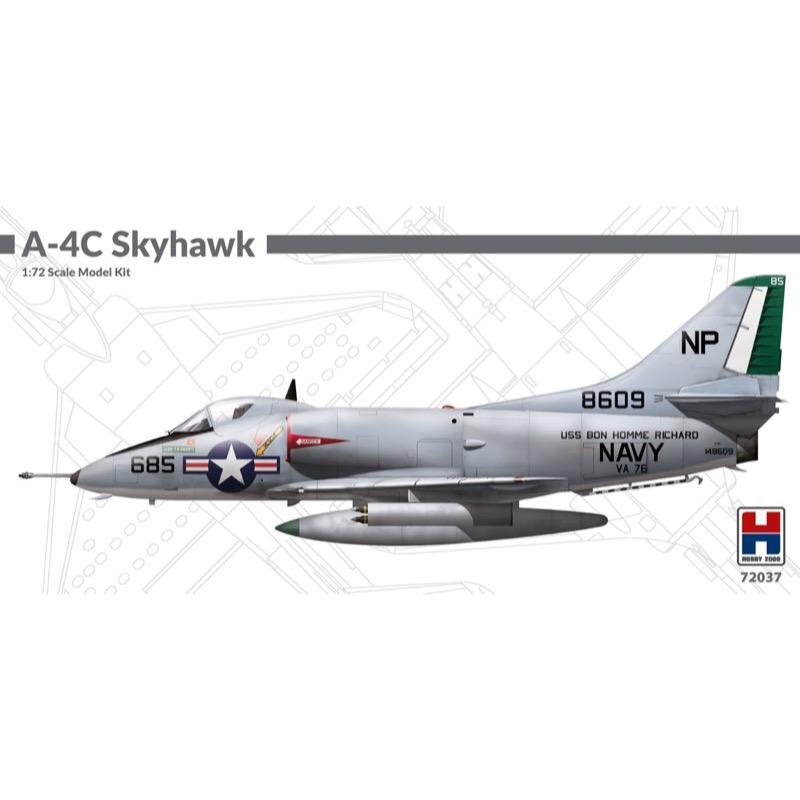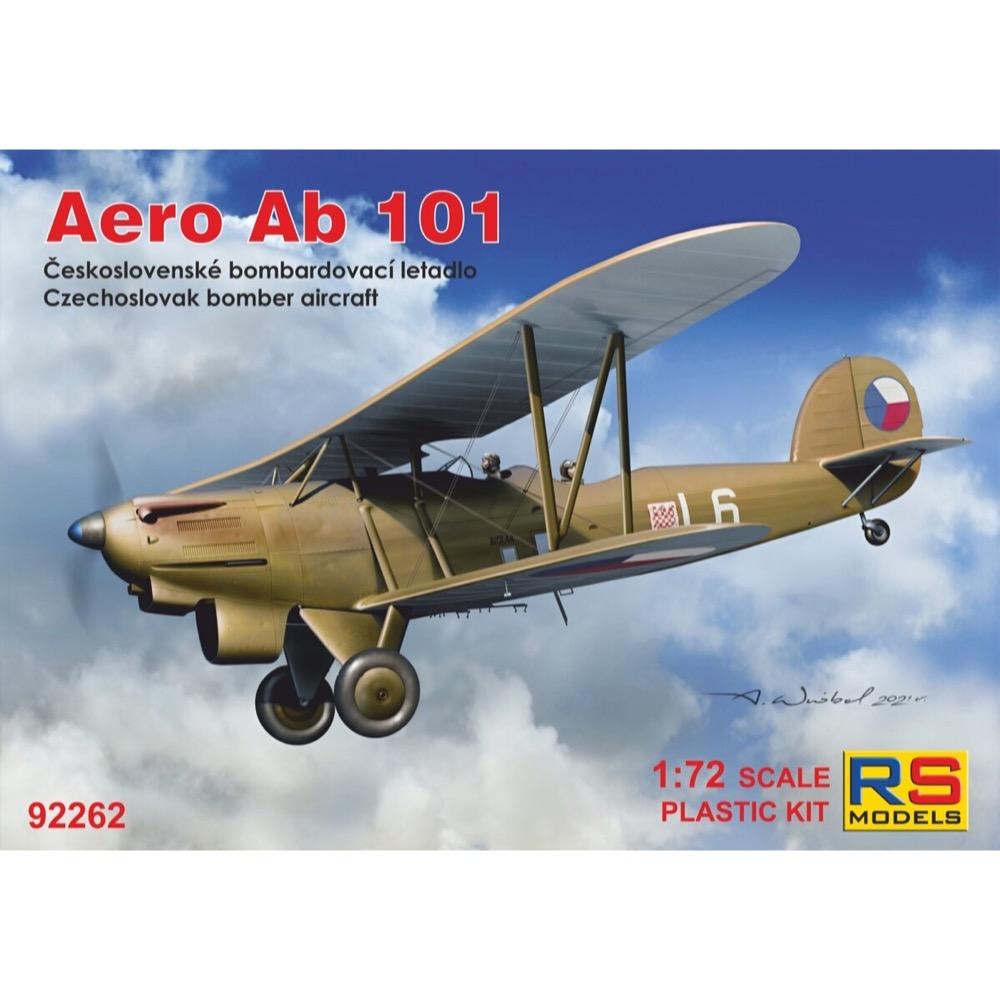
RS Models 92262 1/72 Aero Ab-101
33.00
$
<h3>Aero Ab 101</h3>
<p>Aero Ab-101 was a Czechoslovak bomber biplane, which was developed from the aircraft Aero A-100, respectively. A-101, in which the Praga HS 12Ydrs engine was installed. The prototype of the aircraft took off on March 25, 1936 and it turned out that this is not a very successful type.</p>
<p>There was no expected increase in speed compared to its predecessor, although the climb and range increased slightly. The aircraft also carried a larger bomb load and improved its ability to operate from shorter runways of field airports. The type was produced mainly because in the short term it was not possible to start production of aircraft of more modern design.</p>
<p>In operation at field airports, where the machines spent almost continuously from late May to early October 1938, the wooden parts of the wings were wet, so the aircraft had a limited speed in descending flight to 300 km / h.</p>
<p>In combat in suitable weather with the use of clouds, they could effectively serve during the day. The planes carried bombs weighing up to 200 kg, part in the fuselage bomb bay, part on hangers under the wing.</p>
<p>During the mobilization in 1938, served in the Czechoslovak. Air Force 60 pieces of these machines, which after the occupation of 1939 captured by the Wehrmacht.</p>
<h3>5 decal variants</h3>
<ul>
<li>Aero Ab-101.44, 6.LP, 73rd Squadron, pilot Thurs. V. Sugar, observer Lt. K. Ulrych, Úvaly u Prahy, July 1938</li>
<li>Aero Ab-101.32, 5th Air Force, 81st Squadron, Křižanov Airport, September 1938</li>
<li>Aero Ab-101.15, 5.LP, 76th Squadron, later SVZ, at June 1939 flight to Poland, J. Hrala, mech. L. Ivanič</li>
<li>Aero Ab-101, Sch./FAR 33, Ingolstadt, Luftwaffe, June 1939</li>
<li>Aero Ab-101, FFS A / B 116, Luftwaffe, Neudorf-Oppeln, 1939</li>
</ul>
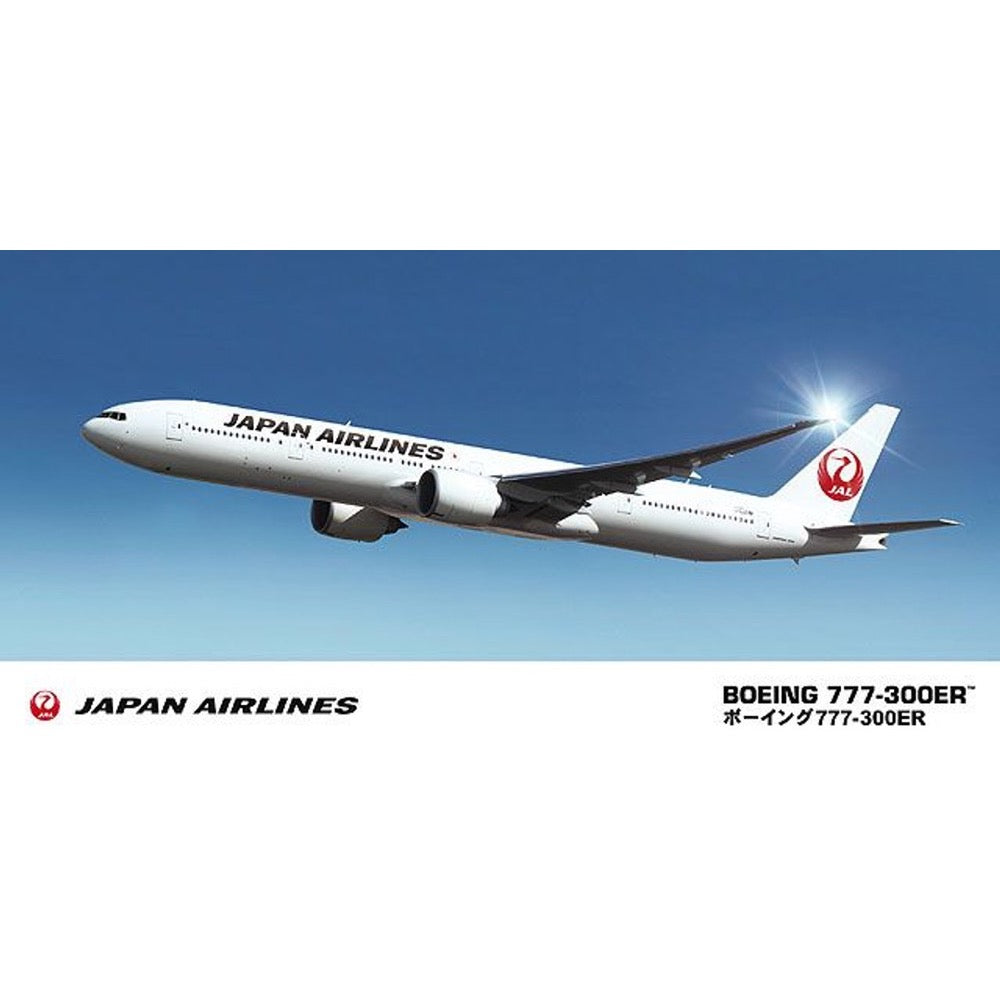
Hasegawa 10719 1/200 Jal B777-300Er
17.00
$
<p>This kit is a precise reproduction of the B777-300ER, which is the main aircraft used on long-distance international routes.</p>
<p>The kit uses special parts for the large engine pods and wing tips, which are characteristic of the aircraft.</p>

Hasegawa 09076 1/48 Nakajima B5N2 Type 97 Carrier Attack Bomber Kate Model 3
19.00
$
<p>In 1935, the Imperial Japanese Navy ordered Mitsubishi and Nakajima to build a prototype aircraft called the Ju-Shi Carrier Attack Aircraft.<br> <br>The Navy's requirements were far more stringent than those of the Type 96 carrier-based attack aircraft, which had just been adopted at the time, and Nakajima, which received the request to build a prototype, had been defeated by Mitsubishi in competitions for all major naval aircraft models, so it put its entire company on the line and took on the development.<br></p>
<p>The Type 97 carrier-based attack aircraft, incorporating many innovative features, was the first low-wing monoplane carrier-based attack aircraft of the Imperial Japanese Navy with an all-metal monocoque structure. It adopted revolutionary hydraulic retractable main landing gear, and the fuselage width was narrowest near the cockpit for a three-seater aircraft.<br>The adoption of upward-folding main wings shortened the overall width, allowing for a smaller storage space inside the aircraft carrier. The propeller was an all-metal two-stage variable-pitch three-blade propeller, which efficiently exerted engine power according to each situation, whether it was takeoff, climbing, cruising, or at high speed, and performance was greatly improved.</p>
<h3>Features</h3>
<ul>
<li>Typical Hasegawa attention to detail all over this kit. <br>
</li>
<li>Fuselage panels, cockpit interior and engine detail are particularly well done. <br>
</li>
<li>Flaps can be posed in raised or lowered positions. <br>
</li>
<li>The kits' wings can be assembled either folded or extended. <br>
</li>
<li>One-piece canopy. <br>
</li>
<li>Tires molded with flattened sides. <br>
</li>
<li>Comes with 800kg deck piercing bombs and markings for two different aircraft in the first wave of the attack against Pearl Harbor. <br>
</li>
<li>Shigeo Koike box art.</li>
</ul>
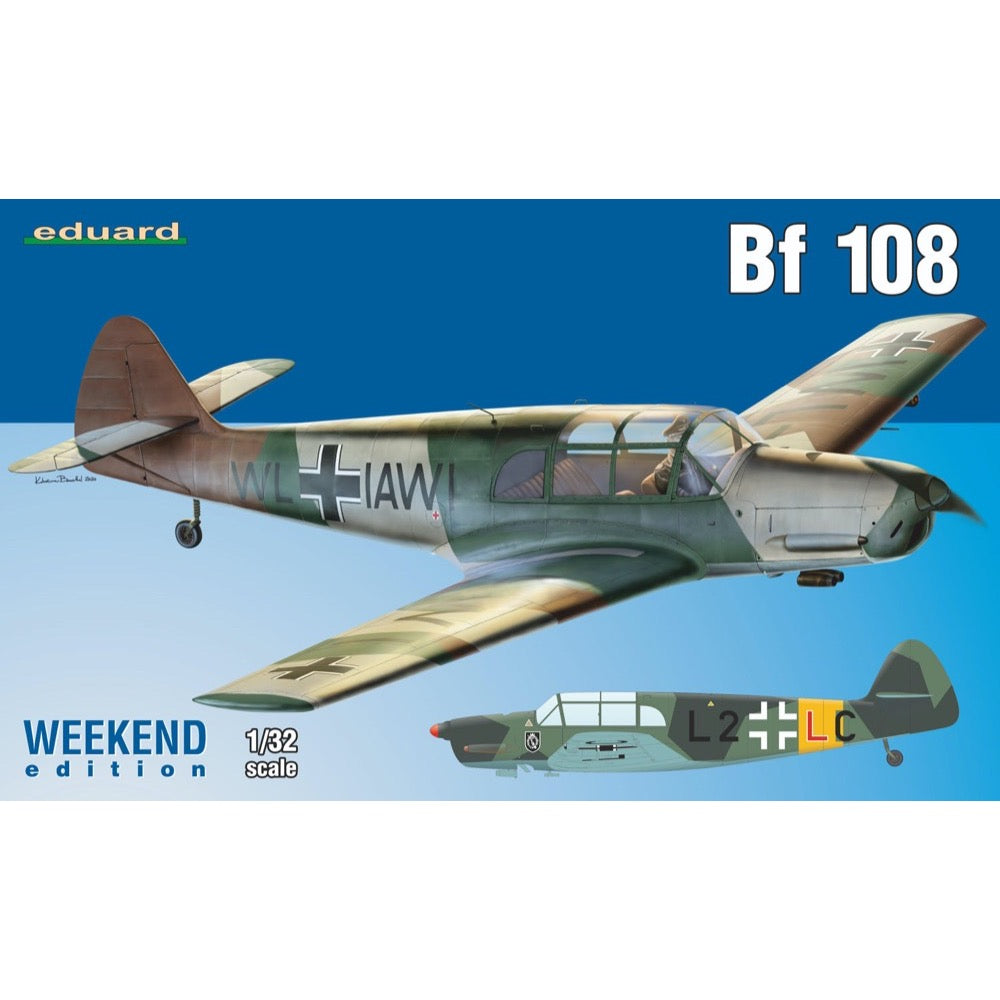
Eduard 3404 1/32 German WWII Bf 108 Weekend Edition
23.00
$
<p>Weekend edition kit of German WWII liaison aircraft Bf 108 in 1/32 scale.</p>
<h3>Specification</h3>
<ul>
<li>plastic parts: Eduard</li>
<li>marking options: 2</li>
<li>decals: Eduard</li>
<li>PE parts: no</li>
<li>painting mask: no</li>
</ul>
<p><strong>Marking options</strong></p>
<p>Germany, September 1939 - The German pre-war colors were used to camouflage this Taifun. Upper surfaces are painted RLM 61, RLM, 62 and RLM 63 colors, the undersides are RLM 65. The new camouflage was painted over the original factory colors thus the stenciling is not visible.</p>
<p>WNr. 178, Stab II.(Schl.)/LG 2, Vyerdino airfield, Soviet Union, July 1941 - During July 25th and 26th, 1941 several Hs 123 from II. (Schlacht) Gruppe Lehrgeschwader 2 attempted to land at Vyerdino airfield in Smolensk region. Due to the soft surface caused by a summer storm five Henschels were damaged. It was not the only non-combat loss suffered by this unit. Another aviator who lost control of the airplane in muddy terrain was a pilot of the headquarters’ liaison Bf 108 whose landing resulted in an accident representing 20% aircraft damage. Liaison Taifun was camouflaged in RLM 70 and 71 on the upper and side surfaces with the lower surfaces in RLM 65 sporting a yellow stripe on the fuselage tail indicating the aircraft assigned to Eastern Front. There is a so-called Infanteriesturmabzeichen painted behind the engine cowling, common marking on all aircraft that belonged to the close support air units. The tip of the propeller spinner is probably in the same color as an individual aircraft letter “L” i.e. red.</p>
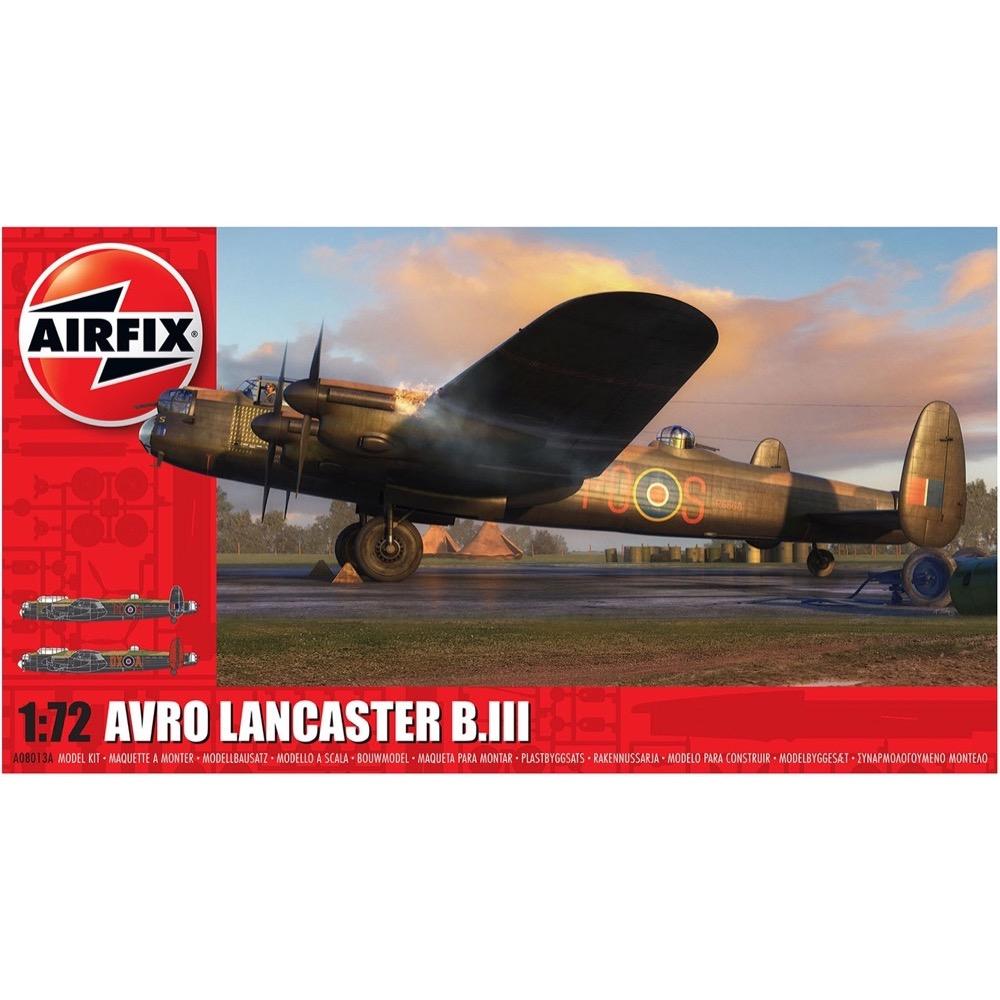
Airfix A08013A 1/72 Avro Lancaster B.I/B.III
31.00
$
<p>As the third of Britain's four engined heavy bombers to enter RAF service during WWII, the Avro Lancaster proved to be an exceptional aircraft, possessing a large unobstructed bomb bay, which allowed it to carry some of the largest bombs of the war. At least thirty five Lancasters managed to complete an astonishing 100 missions or more and are referred to by historians and enthusiasts as the Lancaster Centurions, an exclusive group of extremely hard working bombers.</p>
<p>Scheme 1: R5868 S-Sugar 467 Squadron RAAF.</p>
<p>Scheme 2: LM624 57 Squadron.</p>
<p>BAE SYSTEMS is a registered trade mark of BAE Systems plc.</p>
<h4>Includes</h4>
<ul>
<li>Sprues</li>
<li>Decals</li>
</ul>


